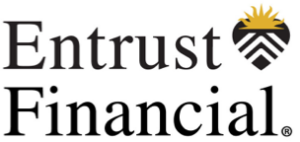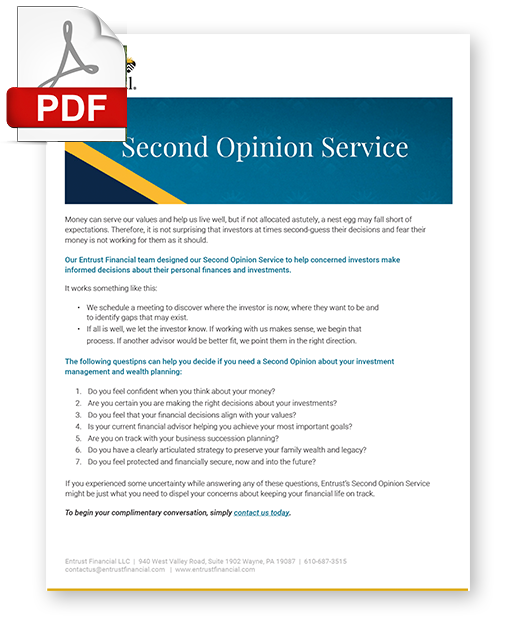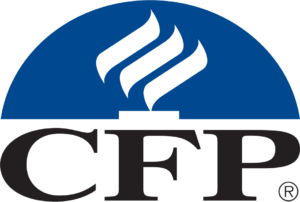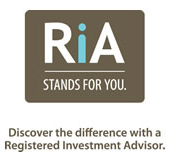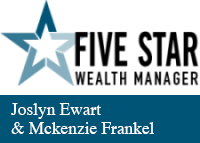Three Easy Steps to Simplify Your Financial Life

This is the time of year when we wish that every financial document we have was expertly filed in just the right place, so that heading off to our accountant to take care of our income tax-filing could be seamless and stress-free. However, many of us procrastinate the task of organizing our financial documents.
If you tend to put off this seemingly daunting and just plain uninteresting responsibility, we encourage you to follow these three easy steps:
- Gather your financial documents.
- Organize them by category in binders, hanging files, or electronically. Two online resources for electronic storage are: quicken.com and mint.com.
- Remember that some financial institution tax-reporting forms and K-1’s are not available until late February or late March, respectively, so be on the lookout!
To help you take heart and know that you are not alone as you undertake these steps, consider Janet’s experience and her need to organize:
Janet is a senior-level executive in a technology company who describes herself as a woman who loves numbers and is compulsive enough to have catalogued in her head the precise details of her personal finances. However, rather than adopting a routine for keeping her financial documents organized–even electronically–she has a habit of limiting her record-keeping to an inventory of her account usernames and passwords listed on her smart-phone.
Not surprisingly, Janet realized this inventory will not help her when she meets with her accountant, so she contacted us for assistance. Our first task, as we aimed to get Janet on track, was to assemble her documents using our Financial Housekeeping List as a guide:
- Tax returns – for the three most recent years
- Income information: pay stub(s), 1099’s, social security statement(s), other
- Information regarding your employer benefits package
- Retirement plan statements: employer pension, 401(k), Keogh, SEP, IRA, TSA, other
- Bank statements: savings/checking accounts, money market funds, CDs
- Brokerage account statements: stocks, bonds, mutual funds
- Insurance policies/contracts: life, disability, Long Term Care, annuities
- Financial statements regarding other assets such as: residence, vacation or investment real estate, art, collectibles
- Business statements: Balance sheets (current and previous few years), profit-and-loss statements, buy-out agreements
- Estate planning and Trust documents; expected inheritance
You may discover your personal financial situation has more or less complexity than Janet’s. Therefore, use the Financial Housekeeping List to identify the documents that are pertinent to you.
In fact, just as we recommended to Janet, you may want to complete the Personal Affairs Inventory after you know you complete the foregoing steps, because your information will be at your finger-tips. It is not possible to over-emphasize the protective benefits to you and your family, an up-to-date inventory of your personal affairs. Download your copy today. And just as Janet did, contact us for assistance: 610-687-3515 or info@entrustfinancial.com
